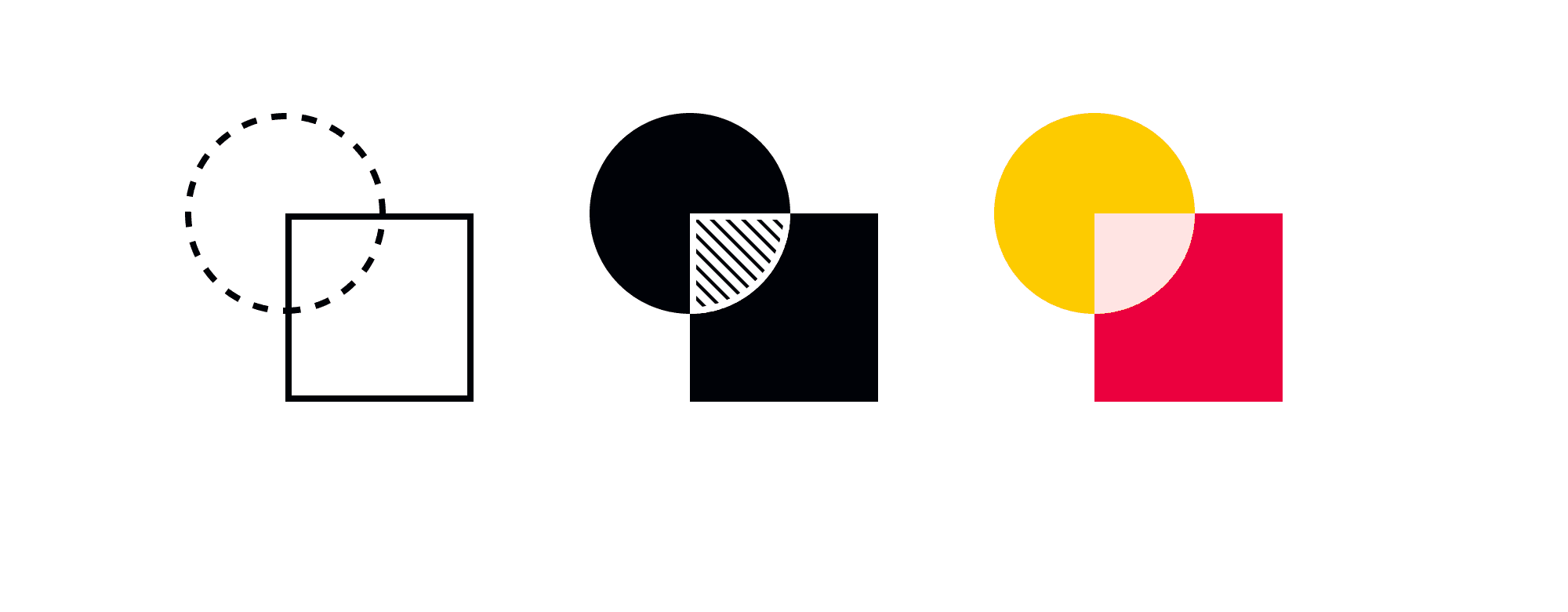Casting Graphite in Gold

I’ve spent a number of years oscillating between both sides of the Designer-Engineer spectrum, improvising, learning, and faltering along the way. My experiences on either side have fostered greater empathy for my colleagues in both roles; both are irreplaceable in their duties within a product team.
A view into both sides of the spectrum has also helped me develop some ideas about effective collaborative relationships between the two. Call them opinions, call them tips and tricks—either way, there are some broad themes that are often overlooked, and that I have found can lead to happier, more productive relationships.
1. Design is visual
An engineer’s vocabulary is self-serving for efficiency. Engineers excel at avoiding ambiguity, because their output is so tangible—at least, amongst engineers. In order for designers to feel a part of the whole product development cycle, and to enable them to be more helpful and empathetic, they should be looped into diffs and technical conversations. Supplementing front-end changing diffs1 with a screenshot or quick video of the impending change can help designers see their work come to fruition, and allows them to contribute suggestions without causing backtracking or reverting diffs.
The onus here is on designers to ask for inclusion in technical processes, and for engineers to invite designers into their workflow. Designers don’t have to learn how to code, but learning the vocabulary of an engineer can foster a great deal of mutual respect and more well-reasoned design choices.
2. Design is conversational
A designer’s job isn’t done until after the diffs have landed and the product has shipped, and even then, the cycle simply starts again. This means that design and engineering should be working in parallel—not in sequence—to one another, challenging and supporting each other until and after the product is complete and aligned with everyone’s vision of completion2. I often hear about “design lock,” which is a futile endeavor. Engineering and implementation are a vital part of the design process, and should never be considered a separate step. The relationship between design and engineering should be cyclical and additive.
3. Design is flexible
The useful and actual deliverable of “design lock” is ‘completed’ mocks and prototypes, showing the team’s vision given all the objectives, constraints, and stakeholders’ personal influences. However, these deliverables do not make a design sacred. Similarly, asking for specs, redlines, or final mocks can be misleading for all parties. The minutiae of design—margins, colors, font sizes—are often the troubling pieces of specs, and are also the pieces that should be standardized across a product. Designers and engineers alike should learn to lean on the system at large, rather than the colors in Sketch or the measurements in Figma, to dictate the discerning details of the completed product. A failure to ship a product “to spec” is usually indicative of a larger issue—a lack of common vocabulary required to ensure engineers, designers, product managers, and entire product teams can communicate clearly and unambiguously their vision for a product.
4. Engineering is a pillar of Design
The points made above speak chiefly to how engineers (and to a certain extent, PMs) can adjust their working style and expectations to appease designers, but a great deal of responsibility lies on the designer to do the same for their partners. Designers, including myself, have a tendency to prohibit opportunities for criticism and collaboration outside of designer-centric channels and timetables, at the behest of ego and a desire to present a satisfactory output. Foregoing this tendency and inviting engineers to collaborate in the design process early and often both helps ground a designer’s choices in logic and the constraints of the available resources, and builds trust between the two parties, ensuring a similarly collaborative workflow when it comes to implementation (recall the first point, “Design is visual”).
A Designer’s output is malleable and temporal; Design is a verb. When successful, an Engineer’s output is the tangible representation; a noun that commits the verb to an output. When the intentions of both sides are expressed, understood, and acted upon, the output can be truly magical.
The themes outlined here are inevitably one-sided—I assume the role of a designer much more often than that of an engineer—but hopefully still prove useful or interesting to product teams of all shapes. Similarly, there are immensely important dimensions missing from the relationship described here; the roles of research, content strategy, data science, and product management are certainly needed to solidify the success of a product. My experiences with these partners are varied, and I invite anyone to critique my narrow views and share with me a different perspective.
Footnotes
-
For the unititiated, “diffs” are code reviews where changes (“differences” between the old and new code, hence the name) are approved, denied, or commented on by peers. ↩
-
This is an important distinction, and one enabled by a cycle of work between design and engineering, instead of a handoff. Too often, designs are passed to an engineer, comprimises made that lead to an implementation that differs from the designer’s vision, leaving engineers making potentially uninformed decisions, and designers feeling short-sold on their efforts. ↩